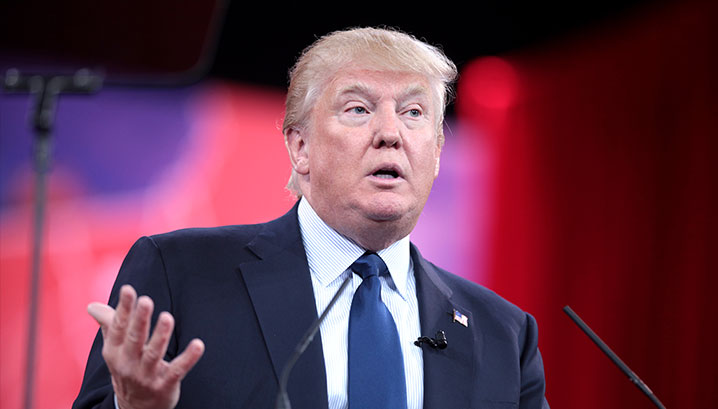These techniques have been put to the test, and we've achieved great results.
- These methods have been tried out successfully by our team.
- We can enter one of three modes.
- Teaching
- Learning
- Arbitration
There must be a clear definition of one subject or query.
The roles of "teacher" and "student" must each adopt exactly two sides of the presented proposition.
A "teacher" who makes a claim must support it. Why the questioner is asking, what the questioner believes, how others are wrong, or any other irrelevant questions are not necessary. The arbitrator must specifically identify and cite these infractions.
When a student asks a question, they must give the instructor the opportunity to respond. They may leave it up to the arbitrator to decide whether or not the issue has been properly resolved.
The student's question must be explicitly addressed in the response; the answer should neither preach nor make extraneous generalizations.
The rules of discussion must be followed by an arbiter. Instead of picking sides or expressing personal opinions, that is their main duty. They can elucidate queries and establish the parameters of the discussion. The arbiter doubles as a consistency auditor.
Until the question is addressed or a deferral is authorized, each participant must remain on the subject.
The student reserves the right to go over the topics that have already been covered if the teacher contradicts or modifies an earlier statement, even with a clarification. If not, it is best not to argue about the same topic.
A monitoring mechanism will be in place to spot fallacies, unethical strategies, or circular arguments, and each statement can lead to further sub-debates.



